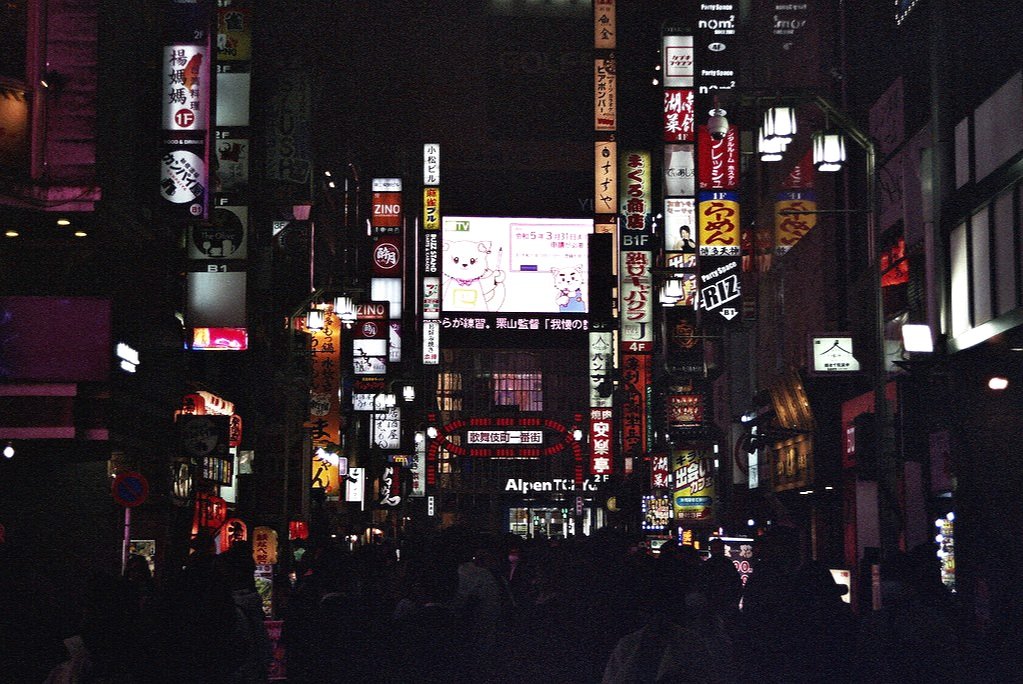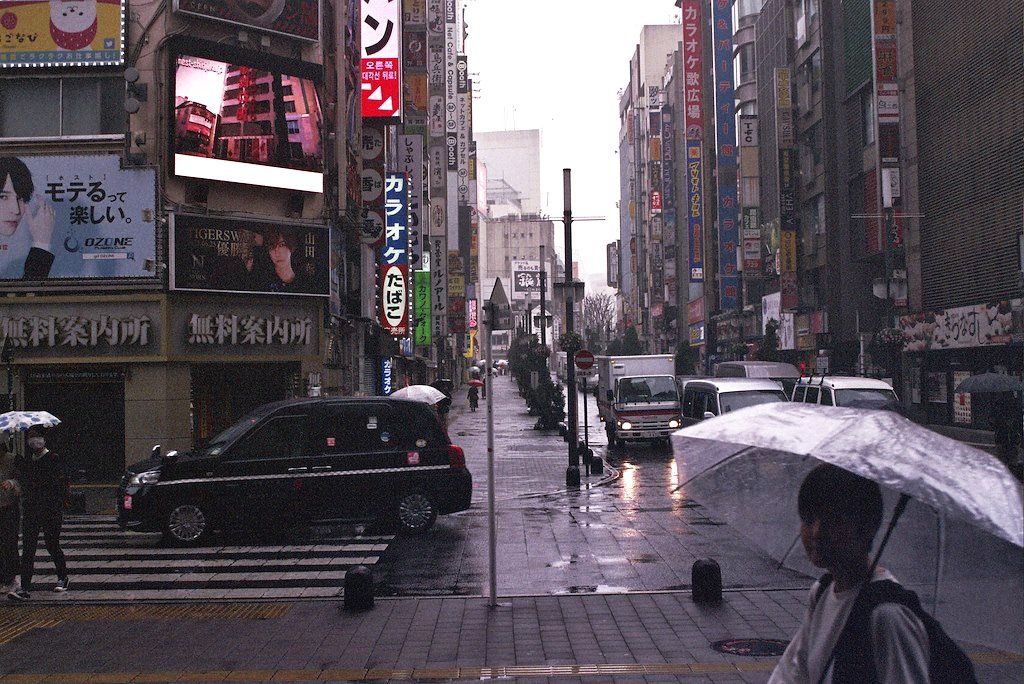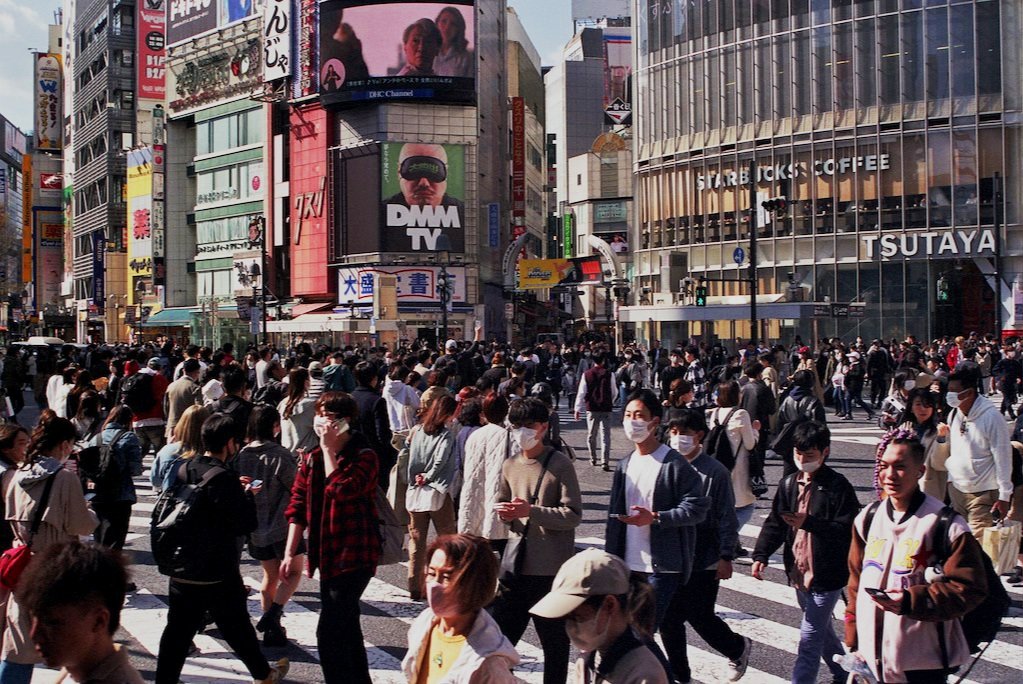Spring break in Japan
The vibrant night life of Yakitori Alley in Tokyo (Photo: Cohen Ferrari, The Puma Prensa)
By Cohen Ferrari, sports editor
When my family and I embarked on an 11-hour direct flight to Tokyo, Japan, I had a picture of the city painted in my head. When I really thought about it, though, I realized that this picture was solely based on stock images of high-rises with hundreds of brightly colored neon signs covering every square inch of your typical U.S. sushi restaurant, and a few full watches of Lost in Translation.
Often when traveling to an iconic city outside of the U.S., one is met with a phenomenon that is commonly referred to as “Paris Syndrome.” This describes the disappointment that many tourists may feel when visiting countries that are often overly romanticized in works of pop culture when everything is not, in fact, exactly as magical as it appears in said works of pop culture. Tokyo, however, and Japan as a whole, still managed to exceed my overly romanticized expectations.
When I arrived in Shinjuku station, the heart of Tokyo, I had never felt so insignificant. The crowd behaved like a colony of ants, with lines of people going every which way in a manner so smooth it seemed choreographed. My family stood out painfully among the crowd, still wearing our comfy clothes from the plane ride as we stumbled through the payment gates, looking for loose tickets in our bags and schlepping around an obnoxious amount of luggage. The locals in the station just seemed so put together by comparison. Everyone, regardless of their destination, wore clean stylish clothes and walked with a subtle briskness and sense of purpose that is completely absent from American streets.
In my experience, every single local I met exuded the strongest sense of amicability. There was not one person unwilling to help my confused family find our way around the complex cities and subway systems. On numerous occasions we had store owners completely abandon their crowded shops just to walk us in the direction we needed to go, something that is often unthinkable back home.




“The Japanese culture is about honor and shame,” said Hidekazu Ito, the cook at a popular Yakitori restaurant in Shinjuku. The reason store clerks can leave their shops unattended is the same reason why none of the thousands of bikes found on the busy streets have bike locks: The average Japanese person believes in honor and greatly fears being shamed by their peers for any wrongdoing. Thanks to this set of ideals, Japan is one of the safest countries in the world, with a homicide rate of 0.3 per 100,000 inhabitants, while the US’ is over 25 times that.
It was so safe, in fact, that I was able to freely roam the streets and tight back alleys of Tokyo in the middle of the night until one or even two in the morning without the sense of any danger, something I would never even think about doing in San Francisco, a substantially less populated city that I am immensely more familiar with.
One of these back alleys I found myself in during the middle of the night is called Yakitori Alley. Yakitori refers to grilled meat served on skewers, which could be steak, chicken, lamb, and even fish. Located right next to Shinjuku station, the space was narrow enough for me to touch both walls at the same time with outstretched arms. Despite its small size, the alley offers 81 different restaurants, and hundreds of people can be seen roaming during all hours of the night. When examining the restaurants individually, it is easy for me to see how they fit so many in there. Most of the establishments are extremely cramped and only seat around ten people. So cramped, in fact, that when someone is done eating, everybody else eating has to get up and move out of the restaurant to make room for the people leaving. The slight discomfort was absolutely worth it, though, as the food is like nothing else I have ever experienced.
Farther south in Nagasaki, I discovered some more fantastic food that I have never seen before. One popular restaurant served bonito fish, or Katsuo, that was cooked over the large flame of burning straw. Over the sizzling of the fish, you can hear the people laughing and eating off of makeshift tables while the smooth guitar licks of Masayoshi Takanaka, a Japanese pop artist, filled the air, playing on an outdoor speaker for everyone to hear. Everywhere I went in Japan, I was constantly immersed in similarly positive environments.
Japan also has some of the most unique natural beauties I have ever seen. Whether it was the striking views of Mount Fuji from a beach in Shizuoka, elaborate cave systems in Kochi, or incredible cherry blossoms along rivers in Hiroshima, each city had something to offer, and the scenery seemed to get more awe-inspiring at every stop. I came with a vintage film camera expecting to fill a single roll, but I ended up coming home with three extra that I just couldn’t resist buying since I found myself taking photos of nearly every new scene I came across.
Coming back to America after my trip, I noticed things I hadn’t before I left. The litter that plagues most of our roads, the development of urban sprawl at the expense of natural beauty, and our universal acceptance of the constant risk of crime are all things that Japan just doesn’t tolerate. Of course, there are pros and cons to every country in this world of ours that contains a plethora of different cultures, but visiting Japan helped me be more conscious of issues that are so commonplace in the U.S. that they go unrecognized by many.
Above all, though, I am more than grateful to have had an overwhelmingly positive experience in a foreign nation. It helped me improve my cultural literacy and immensely broadened my global perspective, which is something I think we can all seek to improve upon in order to help us become more interconnected with those far away who also call this planet their home.

